Coloring wood with ammonium vapor was discovered by accident in England centuries ago. Oak planks stored in a stable for horses turned a dark brown color over time. They suspected that a strong-smelling substance from the animals' urine was responsible for the color change. That's why folk craftsmen started to bury the oak planks in manure to color them. It was later discovered to be ammonium vapor and such rudimentary treatment was no longer necessary. In the late 19th and early 20th centuries, much of the furniture belonging Arts and Crafts style was stained by treating the oak with ammonium vapor. Why the wood changes color in the presence of ammonium hydroxide solution, what are the advantages and disadvantages of the method and how it is done in practice, you will find out below.
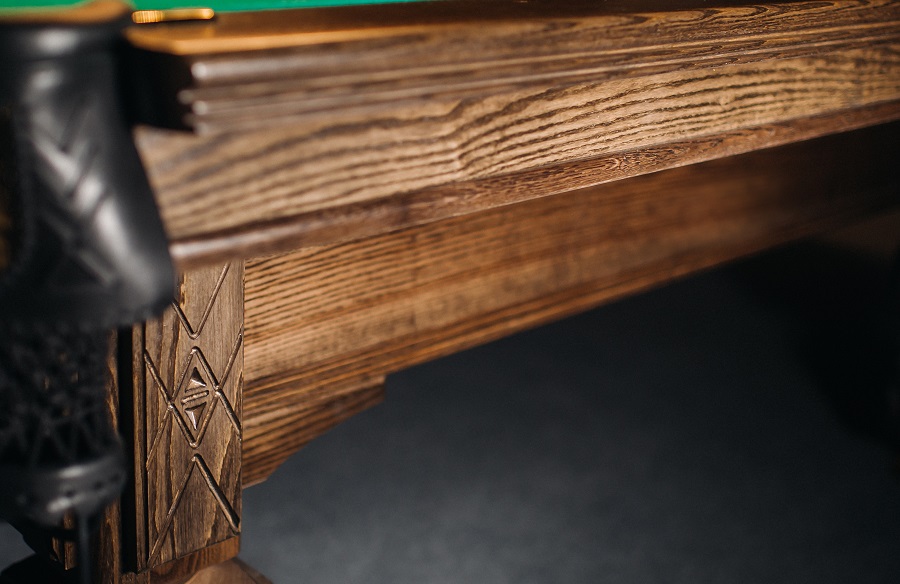
The reaction between wood tannin and ammonium vapor is responsible for the color change
The wood changes color due to the reaction between tannin and ammonium vapors. The resulting color is grayish brown with honey tones. Only tannin wood can be colored, which is why the method has been most often applied on oak. Being a chemical reaction, the coloration is deeper, not just surface. Basically, the wood changes color as it comes into contact with ammonium vapors. The vapors are often popularly called fumes or fumes, which is why stained oak is also called smoked oak.
Colour intensity depends on amount of wood tanninso it's not a very exact process that we have total control over. European oak colors better than American oak because it is richer in tannin. Western and northern European oak also reacts more strongly than eastern and southern European oak. But the amount of tannin can be different from tree to tree, so the recommendation is to use wood from the same trunk when making the object to get the most uniform coloration.
The color can be stronger or weaker depending on time of exposure to vapour. The wood begins to change color visibly within 2 hours of exposure and as it is left in the presence of vapors the color darkens. Being a chemical reaction, it stops when one of the components disappears. The tannin on the surface, the one that comes into direct contact with the vapors, becomes less and so the reaction decreases in intensity. The exposure time can be as long as 24 hours or more to get an intense color. High temperature can speed up the process, but can also slightly change the color. Low-temperature smoking gives a slight greenish tint, while high temperature gives a reddish-yellow hue.
Not only oak can be stained with aqueous ammonia solution
Even though oak is the most commonly used, any wood containing tannin reacts to ammonia smoking. It can be stained like this gorun, the sky, nuc, mahogany, cherry, chestnut, acacia. The higher the tannin content, the more visible and intense the color change of the wood.
Can only be stained with ammonium heartwood, sapwood remains unchanged because it contains no tannin. If the object to be stained also contains sapwood, it is recommended that a concentrated solution of black or green tea is applied to the area with a brush before staining. These teas are rich in tannin and may cause the color of the albumen to change in the presence of ammonia.
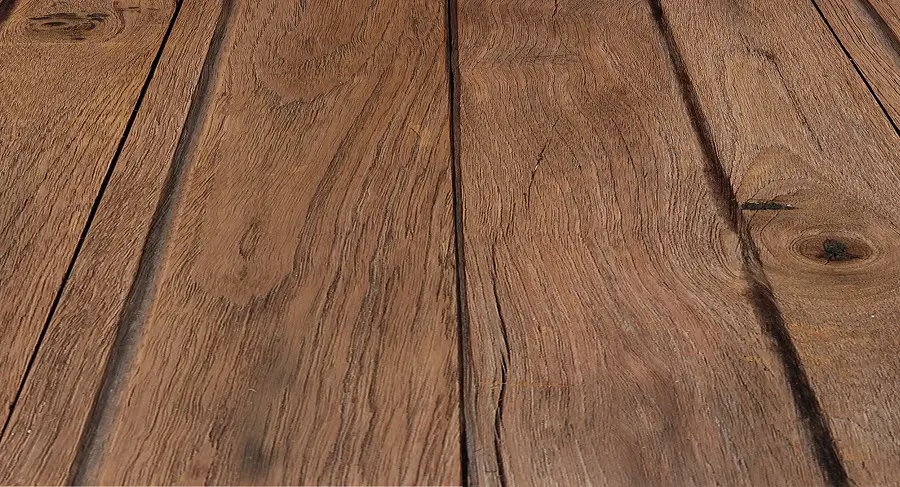
Why you need to color wood with ammonia and the risks of the method
It requires a concentrated ammonium solution and an enclosure in which the object is placed in the presence of vapors. The solution is ammonium hydroxide, i.e. an aqueous ammonia solution. In order to be effective, the solution must have a higher concentration than common cleaning solutions which are somewhere in the 3-5% range. The ammonium hydroxide used for smoking must have a concentration between 26 and 30%. The solution is unstable so, left free in a glass jar, it will give off ammonium vapors. The vapors are aggressive, attacking the skin, eyes and airways, so protective equipment must be worn and the process must be carried out in a confined area.
The enclosure is not difficult to make. Basically you make a wooden frame to cover the object to be colored. The frame is then covered with plastic sheeting, such as that used in solariums. The idea is that the vapors are released in a confined space. A trash can can also be used to cover the object so that the ammonia can be easily inserted at the bottom. The downside to the dumpster is that you can't see inside at all. It is not recommended to put the object in a plastic bag (a large garbage bag) because the plastic can stick to the wood in some places and those places remain uncolored.
Before putting the solution in the glass or plastic dish (metal and soaked paper are not recommended), use protective equipment: chemical-resistant and taller gloves (like household gloves), goggles that keep the vapors out of your eyes (swimming goggles are very good), and a mask with an ammonia filter. Pour the solution into the pot and immediately place it inside the enclosure, at the bottom, on the ground. Use as wide a pot as possible to allow for easy evaporation. Check the solution in the pot after a few hours and refresh. You can see what a smoking enclosure looks like, the protective equipment and how the wood is colored after different exposure times here.
When it reaches the desired color, remove the pot from inside and flush the remaining solution down the toilet or dilute it with 3 parts water to be used for disinfecting surfaces or cleaning, if a small amount of soap is added. If you put it on top of the original solution you risk reducing its concentration. Leave the wooden object to air for a few hours in a ventilated area. The odor will disappear completely. It can then be protected with any type of material: oil, wax, water- or solvent-based varnish, with or without hardener.
Caution! Do not use chlorine compounds in the area and during ammonia smoking. Chlorine and ammonia react, even in vapor phase, and give rise to products hazardous to health.
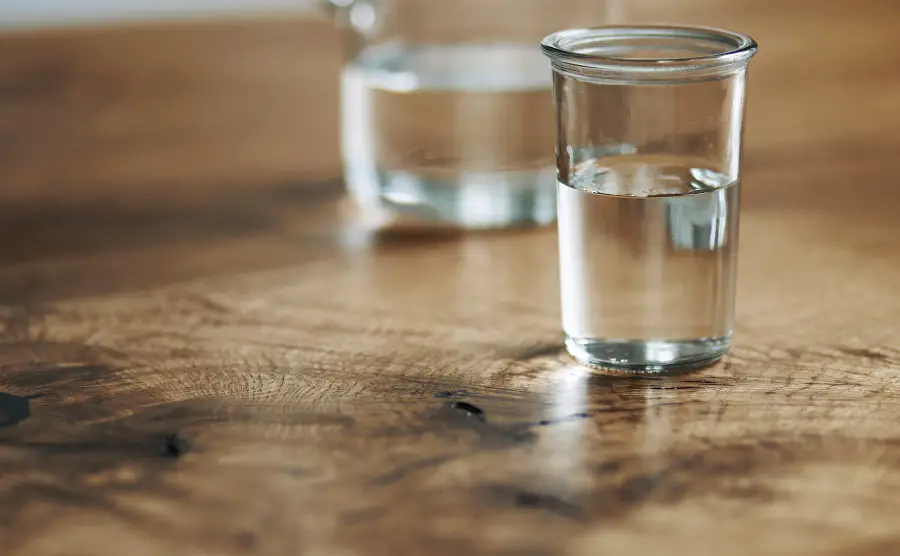
Advantages and disadvantages of ammonium vapor wood staining
There are, of course, advantages and disadvantages.
Advantage:
- colors the wood surface naturally, pleasantly and evenly. The pores are not obvious and the medullary rays do not remain discolored as when using stains,
- staining is no more evident at the fiber ends or on the milled areas, which require protection to control absorption when dyeing with beads,
- The staining is deeper than with staining with stains and so the wood can be sanded without removing the color (burning the edges),
- Vapors reach the most hidden corners so the object is evenly colored effortlessly,
- Wood stained in this way can be covered with any finishing material without restrictions,
- Once built, the enclosure can be reused whenever you want to smoke something.
Disadvantages:
- is a process that involves certain risks, so you need to be careful and wear protective equipment,
- you need a "rehearsal" beforehand to know exactly how the process works and what color you end up with,
- can't be done in the home or in traffic. It requires a dedicated space, a workshop or garage, which can then be well ventilated. It is not done in a basement where ventilation is difficult,
- Ammonia does not color the putty-repaired areas as well as grout does. Those areas will remain uncolored,
- if the color is too dark it cannot be opened and sanding is not a solution as a large amount of wood will have to be removed. The recommendation is to check the coloring by putting small pieces of the same wood in the enclosure and gradually removing them. Check the actual color by applying oil or varnish on top. Stop the process as soon as you have reached the desired color,
- the wood should not be sprayed with the concentrated substance because it will decolorizes.
I hope you find the information useful. As always, additions are welcome. And if you have any questions or queries, please leave them below in the dedicated space. I will be sure to reply.



























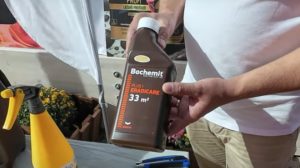
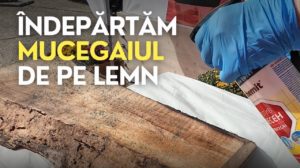







Thank you. Educational article.
Thank you for following us!